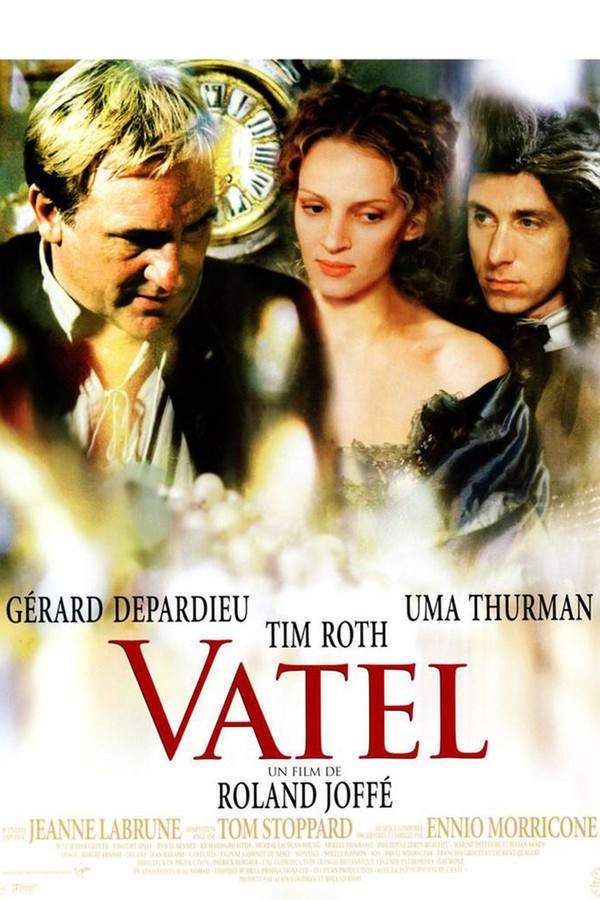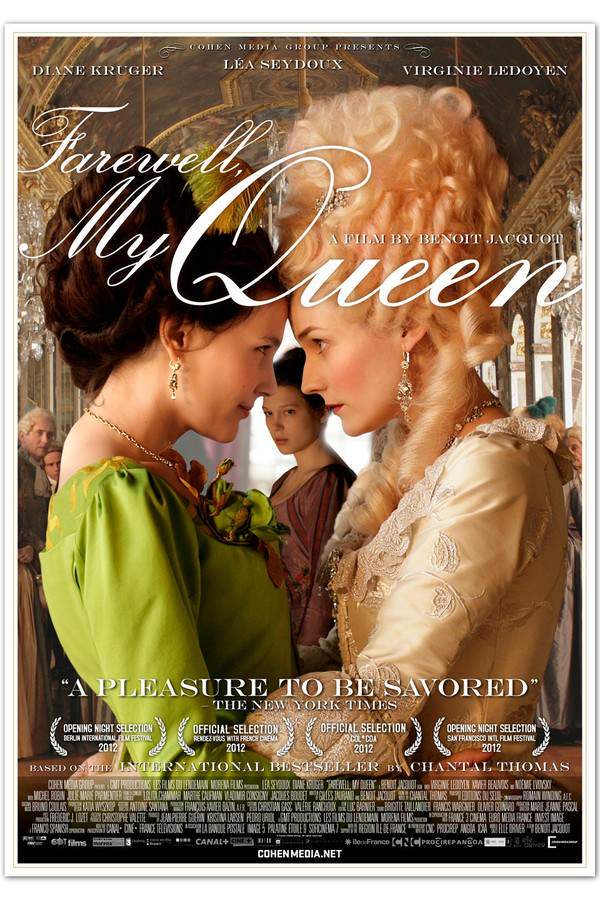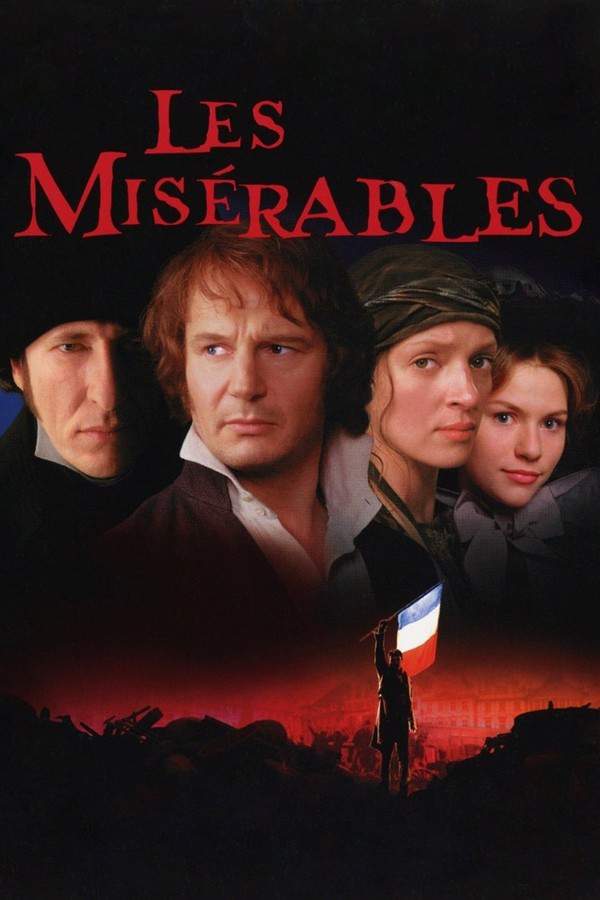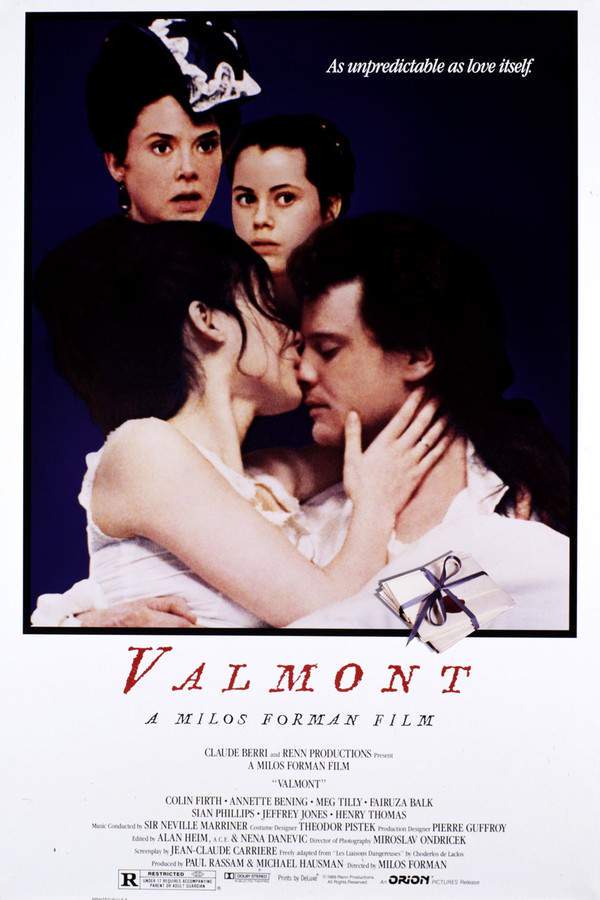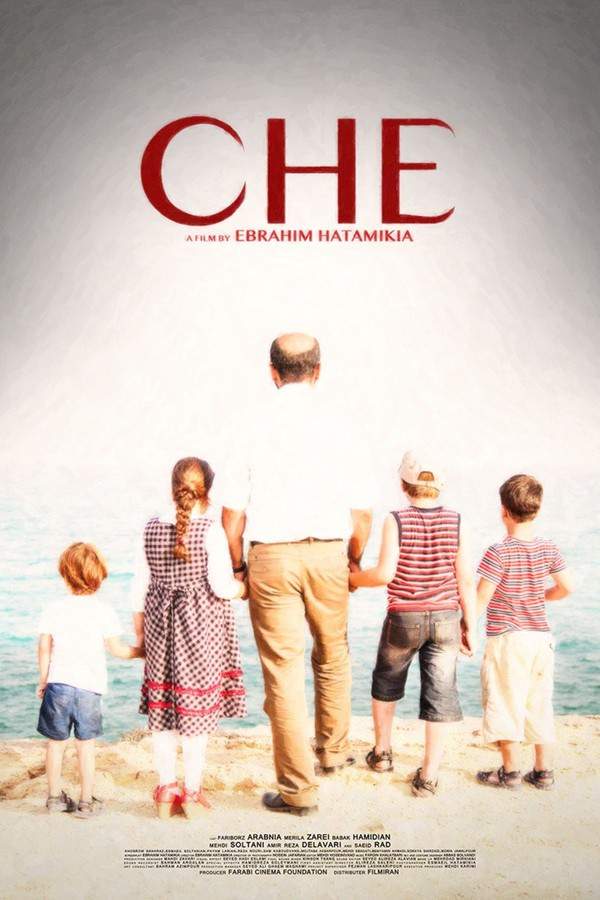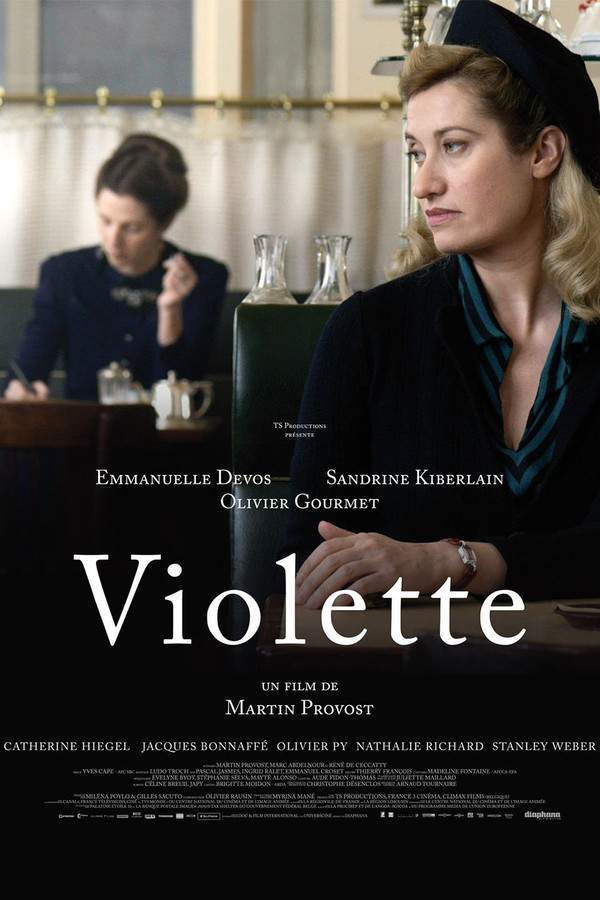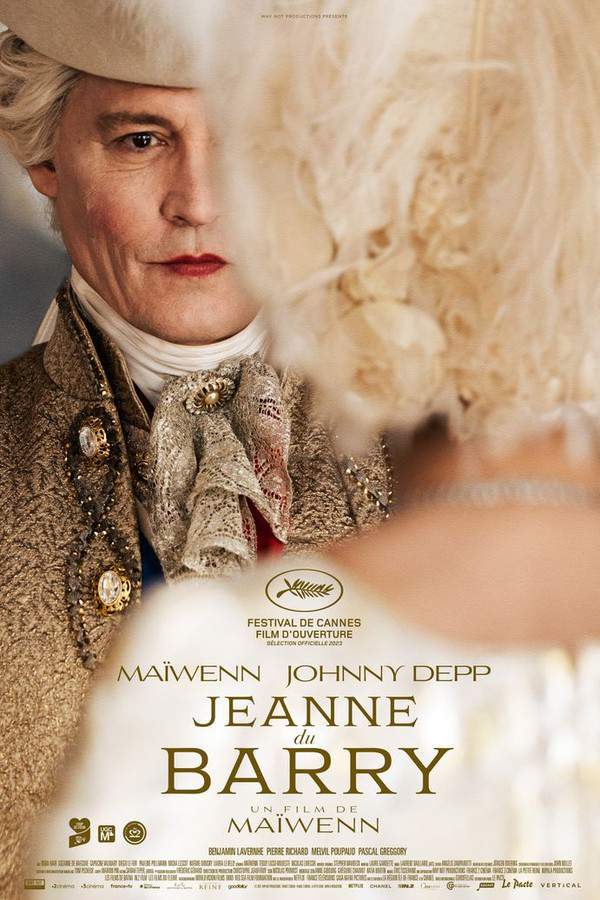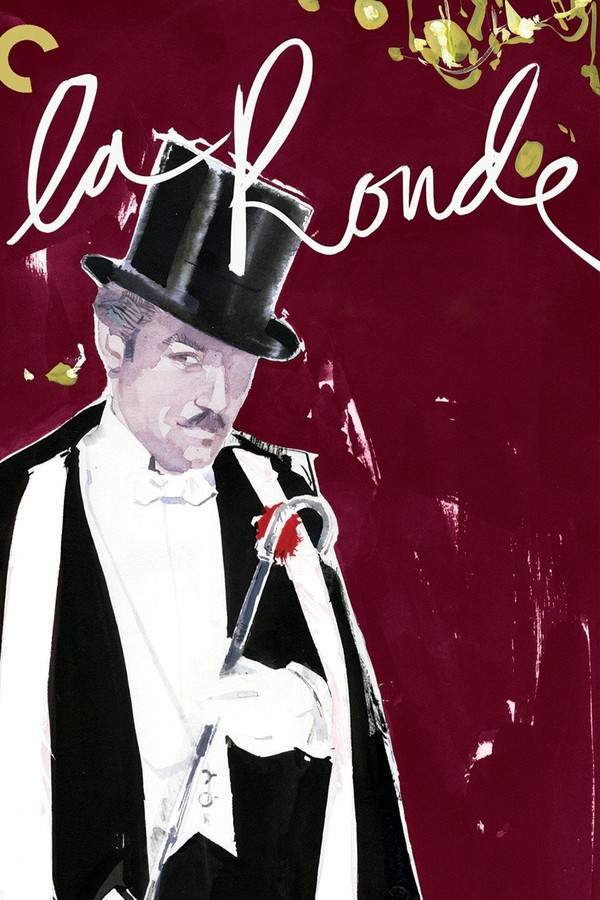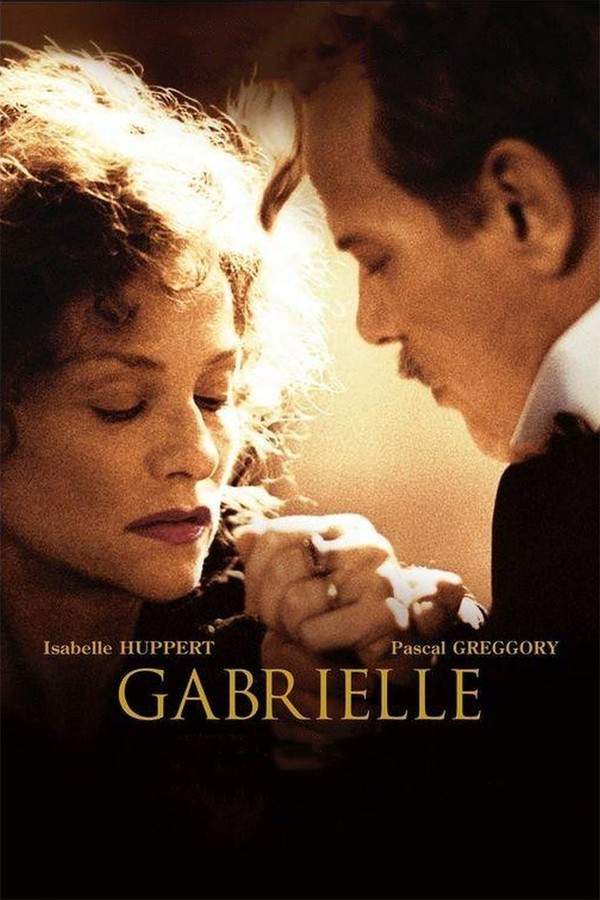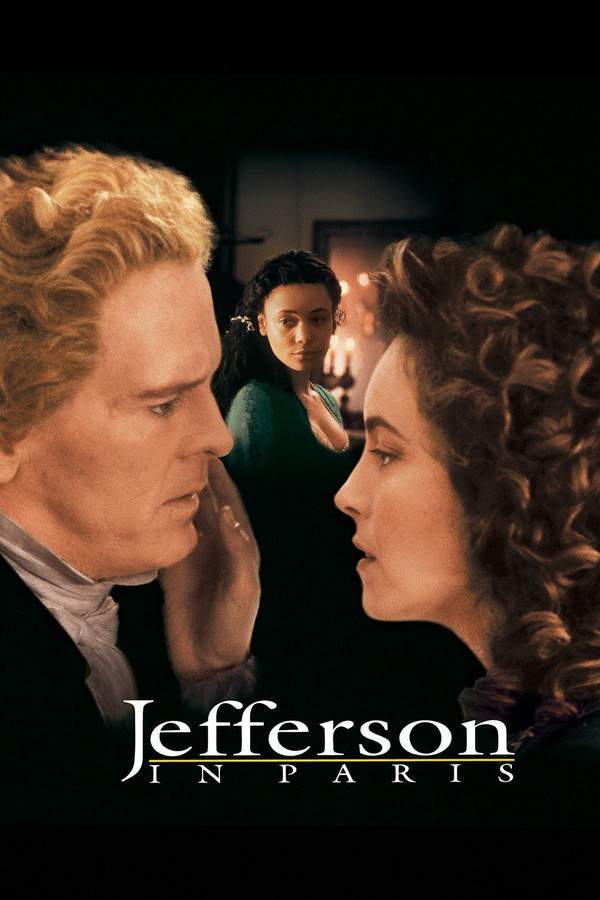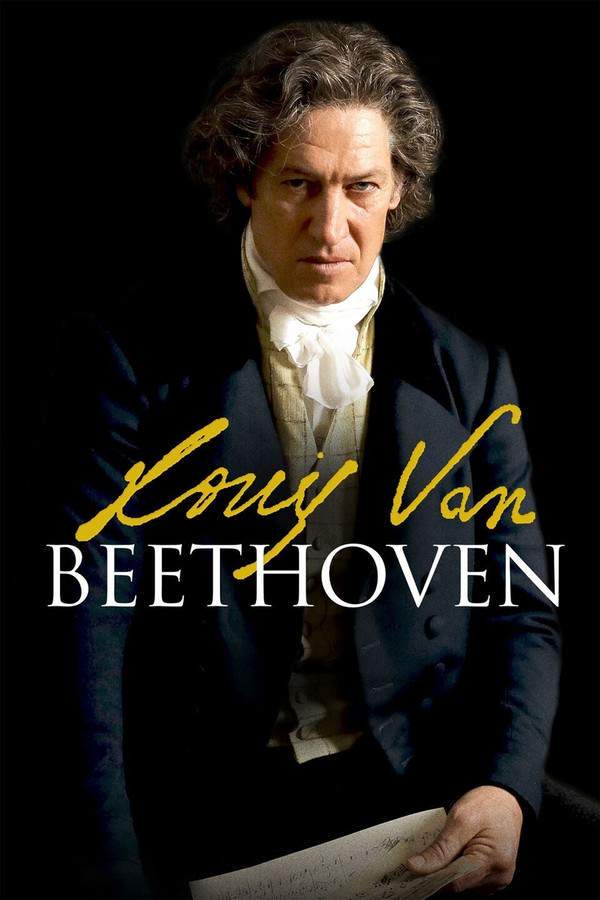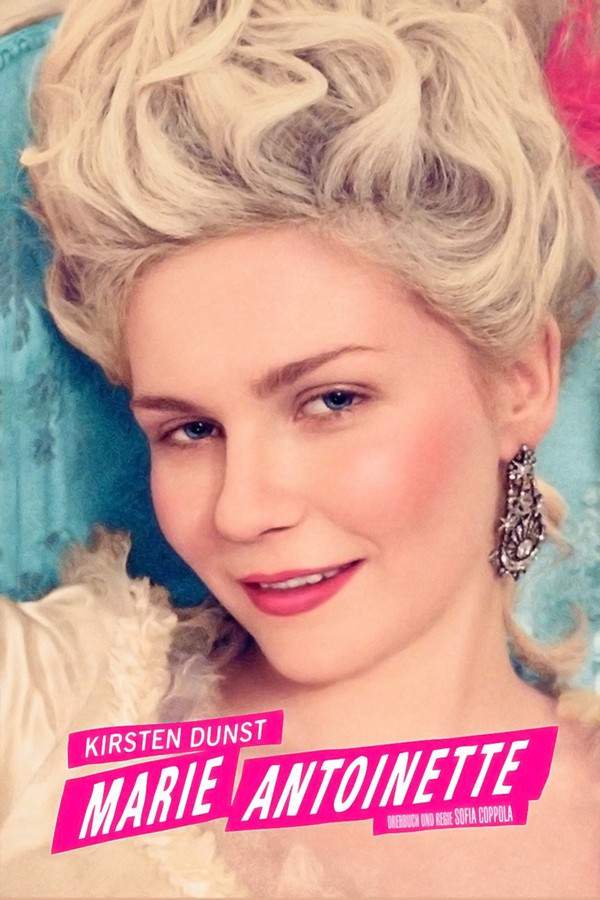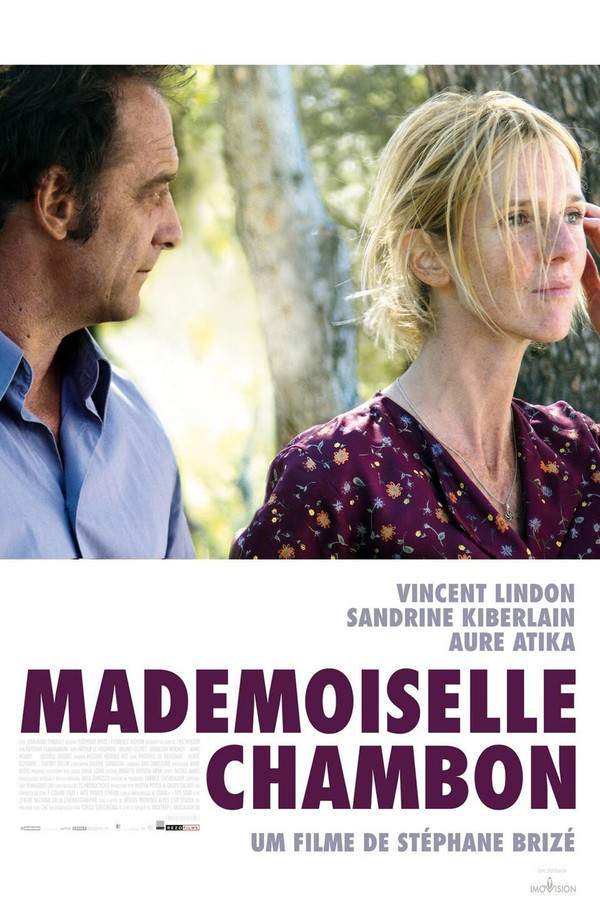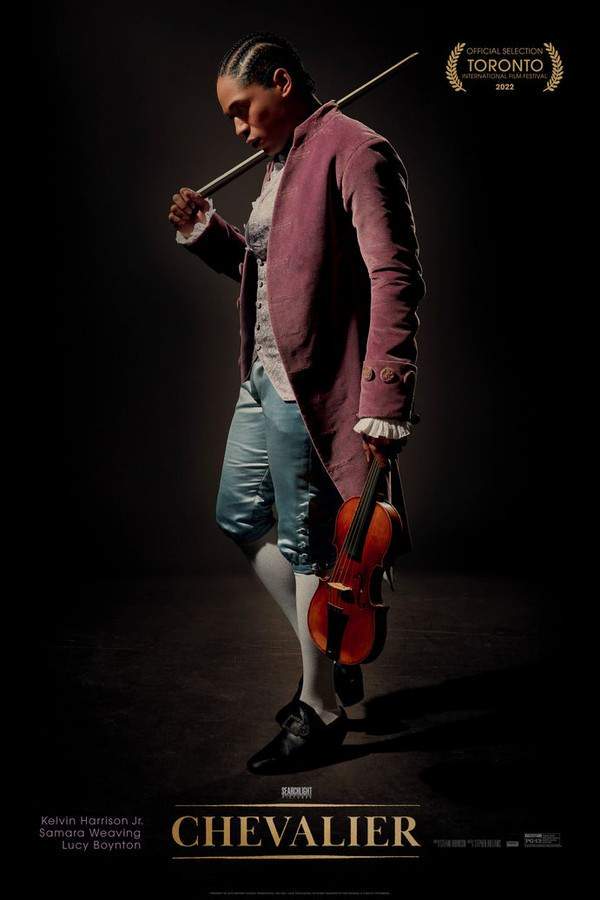
Chevalier
This is the story of Joseph Bologne, Chevalier de Saint-Georges, a man who shattered societal barriers in 18th-century France. Born to an African slave and a French plantation owner, Bologne rose to become a celebrated violinist, composer, and fencing master. His extraordinary talents led him to the court of Marie Antoinette, where he navigated a complex web of romance and rivalries, ultimately facing challenges that threatened his place in a world defined by privilege and prejudice.
Warning: spoilers below!
Haven’t seen Chevalier yet? This summary contains major spoilers. Bookmark the page, watch the movie, and come back for the full breakdown. If you're ready, scroll on and relive the story!
Chevalier (2023) – Full Plot Summary & Ending Explained
Read the complete plot breakdown of Chevalier (2023), including all key story events, major twists, and the ending explained in detail. Discover what really happened—and what it all means.
In the late 1770s, Paris plays host to a remarkable artistic meeting when the celebrated composer Wolfgang Amadeus Mozart visits the city. During a staged performance, a bold figure steps forward: Joseph de Saint-Georges Kelvin Harrison Jr., who asks to accompany Mozart for Violin Concerto No. 5. At first, the crowd and even Mozart himself underestimate this Black French violinist, dancer, and budding composer. Yet as Saint-Georges takes the stage, his exacting technique, fearless precision, and magnetic presence transform doubt into awe. The two musicians push each other to new heights as they trade and fuse cadenzas in a display of technical virtuosity, culminating in a triumphant collaboration that seizes the audience’s imagination and redefines what a performance can be.
Biographically, Saint-Georges’s life begins far from the glittering salons of Paris. He is born in Guadeloupe to Georges de Bologne Jim High, a white French slaveowner, and Nanon Ronke Adekoluejo, an enslaved woman of African descent. From a young age he shows extraordinary gifts in music, dancing, and fencing, and his father sends him to a boarding school in Paris where he endures harassment, mistreatment, and persistent prejudice from white peers and teachers. Despite these hurdles, he excels academically and artistically, becoming a prodigy whose talents promise a new kind of prestige in a society built on rigid hierarchies. His prowess soon catches the eye of Marie Antoinette Lucy Boynton, who is both charmed by his skill and impressed by his carriage, and she grants him the title of Chevalier de Saint-Georges, a recognition that elevates him into the royal court.
Within the opulent yet fraught world of Versailles and the Parisian salons, Saint-Georges grows into more than a performer. He becomes a favored companion of the Queen and attracts a chorus of admirers, including the captivating Marie-Joséphine Samara Weaving, who is drawn to his brilliance and presence. Yet his ascent does not go unchallenged. He enters a tense alliance with Stéphanie Félicité, comtesse de Genlis, who sees in his artistry a conduit to produce an opera that could demonstrate his talent to the world; Madame De Genlis Sian Clifford is a catalytic force in this collaboration. Marie-Joséphine agrees to be the lead singer of Saint-Georges’s opera despite her husband’s, Marc-René de Montalembert Marton Csokas, consternation and resistance. The politics of the court—fueled by race, gender, and class—complicate every decision, and Saint-Georges finds himself navigating a treacherous path between artistic integrity and the demands of a white-dominated aristocracy.
The personal becomes political when tragedy strikes. After Saint-Georges’s father dies, his mother is freed from enslavement, and he uses his influence to bring her to Paris. Yet as he becomes more visible, his relationship with his mother grows complicated; he begins to feel that she expects him to conform to a social script that demands he hide parts of himself to fit in. This tension deepens as the city and the court wrestle with what it means for a Black man to claim space within a culture built on exclusion. Saint-Georges alternates between defiance and longing for acceptance, and his evolving sense of identity marks him with a powerful, sometimes painful, honesty about who he is and what he represents to others.
As the French Revolution begins to reshape the political landscape, Saint-Georges channels the upheaval into music. He organizes a fundraising concert that aims to support the anti-royalist cause, using the concert as a platform not just for artistry but for social critique. The Queen and Marie-Joséphine each approach him in an effort to restore their influence or to sway him back into their orbit, yet Saint-Georges stands firm. He is warned that his status as Chevalier could be jeopardized, yet he proceeds with the performance, boldly appearing without the powdered wig that once masked his natural hair. The moment becomes a referendum on autonomy and dignity as the audience themselves push back against the authorities trying to suppress him, and Marc-René is forced to yield.
In a moving arc of triumph tempered by consequence, the narrative follows Saint-Georges as he walks away from the court’s pressures and toward a more authentic expression of his self, even as the social tides shift around him. The story closes with a sobering epilogue that anchors his legacy in a larger historical frame: in 1802, Napoleon forbids Chevalier’s music productions and, in a separate, brutal policy shift, re-instates slavery in French colonies. The film’s arc thus threads a throughline from dazzling artistic achievement to the enduring struggle for dignity within a society plagued by inequality.
Overall, the film is a meticulous portrait of a remarkable artist who navigates a life of illumination and obstacle in a world where power, art, and identity collide. Its historical resonances—racial prejudice, imperial politics, and the perpetual tension between personal truth and social expectation—are rendered with a measured, neutral lens that honors the sources while exploring the human drama at its core. The result is a rich, deeply felt narrative that invites audiences to reconsider a familiar period through the lens of a singular, extraordinary musician who refused to be reduced by the boundaries around him.
Last Updated: October 09, 2025 at 16:23
Ending Explained – What Happens at the End of Chevalier?
Still wondering what the ending of Chevalier (2023) really means? Here’s a spoiler-heavy breakdown of the final scene, major twists, and the deeper themes that shape the film’s conclusion.
At the end of Chevalier, Joseph Bologne’s journey culminates in a powerful act of defiance against the societal constraints of his time. After enduring racial discrimination, unfulfilled ambitions, and heartbreak, Joseph finally rejects the privileges of the French nobility that had once offered him fleeting opportunities. When the revolution reaches a boiling point, he removes his wig—symbolic of his rejection of the aristocratic status—that he used to help elevate himself in society. As his opera begins, the Marquis de Montalembert shows up intending to shoot him, furious at Joseph’s defiance and the growing unrest in France. However, Joseph is undeterred; he stands fearless in front of the gun, choosing to face death rather than submit to the oppressive social order. The crowd, understanding his courage and message, rises to support him, protecting his right to speak his truth. The film ends as Joseph signals the orchestra to continue playing and walks out into the chaos of the revolution, embodying ultimate resistance and the pursuit of authenticity, leaving a legacy of resilience and rebellion. This ending emphasizes that art and integrity can be acts of rebellion, and that true power lies in staying true to oneself despite systemic oppression.
Last Updated: June 25, 2025 at 08:44
Unlock the Full Story of Chevalier
Don't stop at just watching — explore Chevalier in full detail. From the complete plot summary and scene-by-scene timeline to character breakdowns, thematic analysis, and a deep dive into the ending — every page helps you truly understand what Chevalier is all about. Plus, discover what's next after the movie.
Chevalier Timeline
Track the full timeline of Chevalier with every major event arranged chronologically. Perfect for decoding non-linear storytelling, flashbacks, or parallel narratives with a clear scene-by-scene breakdown.

Characters, Settings & Themes in Chevalier
Discover the characters, locations, and core themes that shape Chevalier. Get insights into symbolic elements, setting significance, and deeper narrative meaning — ideal for thematic analysis and movie breakdowns.

Chevalier Ending Explained
What really happened at the end of Chevalier? This detailed ending explained page breaks down final scenes, hidden clues, and alternate interpretations with expert analysis and viewer theories.

Similar Movies to Chevalier
Discover movies like Chevalier that share similar genres, themes, and storytelling elements. Whether you’re drawn to the atmosphere, character arcs, or plot structure, these curated recommendations will help you explore more films you’ll love.
Explore More About Movie Chevalier
Chevalier (2023) Scene-by-Scene Movie Timeline
Chevalier (2023) Movie Characters, Themes & Settings
Chevalier (2023) Ending Explained & Theories
Chevalier (2023) Spoiler-Free Summary & Key Flow
Movies Like Chevalier – Similar Titles You’ll Enjoy
Vatel (2000) Movie Recap & Themes
Chevalier (2016) Ending Explained & Film Insights
Farewell, My Queen (2012) Movie Recap & Themes
Les Miserables (2012) Spoiler-Packed Plot Recap
Valmont (1989) Spoiler-Packed Plot Recap
Che (2008) Story Summary & Characters
Violette (2014) Film Overview & Timeline
Jeanne du Barry (2024) Detailed Story Recap
La Ronde (1951) Movie Recap & Themes
Gabrielle (2006) Spoiler-Packed Plot Recap
Jefferson in Paris (1995) Movie Recap & Themes
Chéri (2009) Full Summary & Key Details
Louis van Beethoven (2020) Spoiler-Packed Plot Recap
Marie Antoinette (2006) Full Movie Breakdown
Mademoiselle Chambon (2010) Full Summary & Key Details



